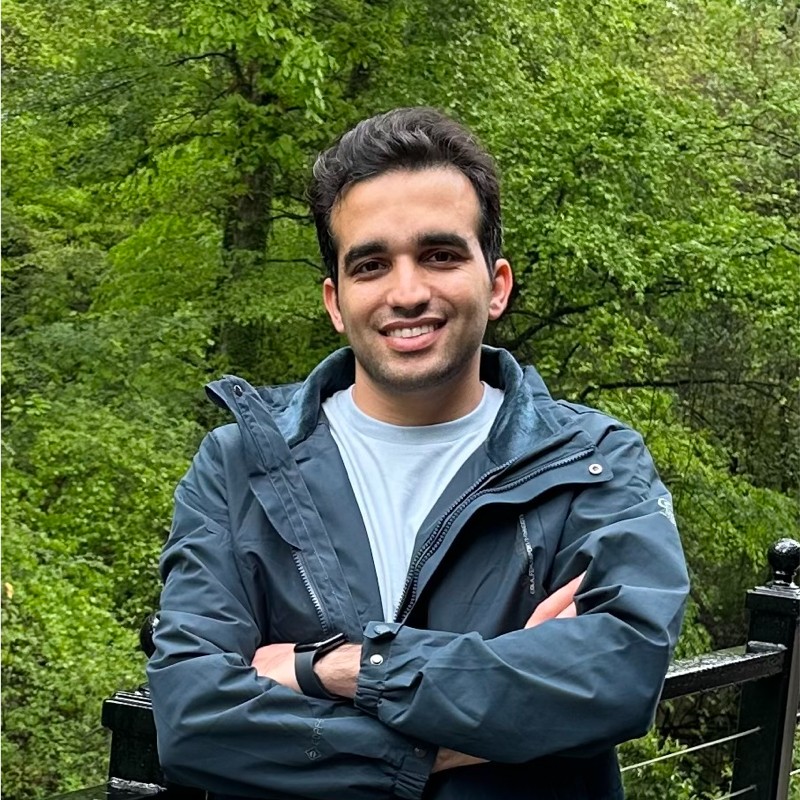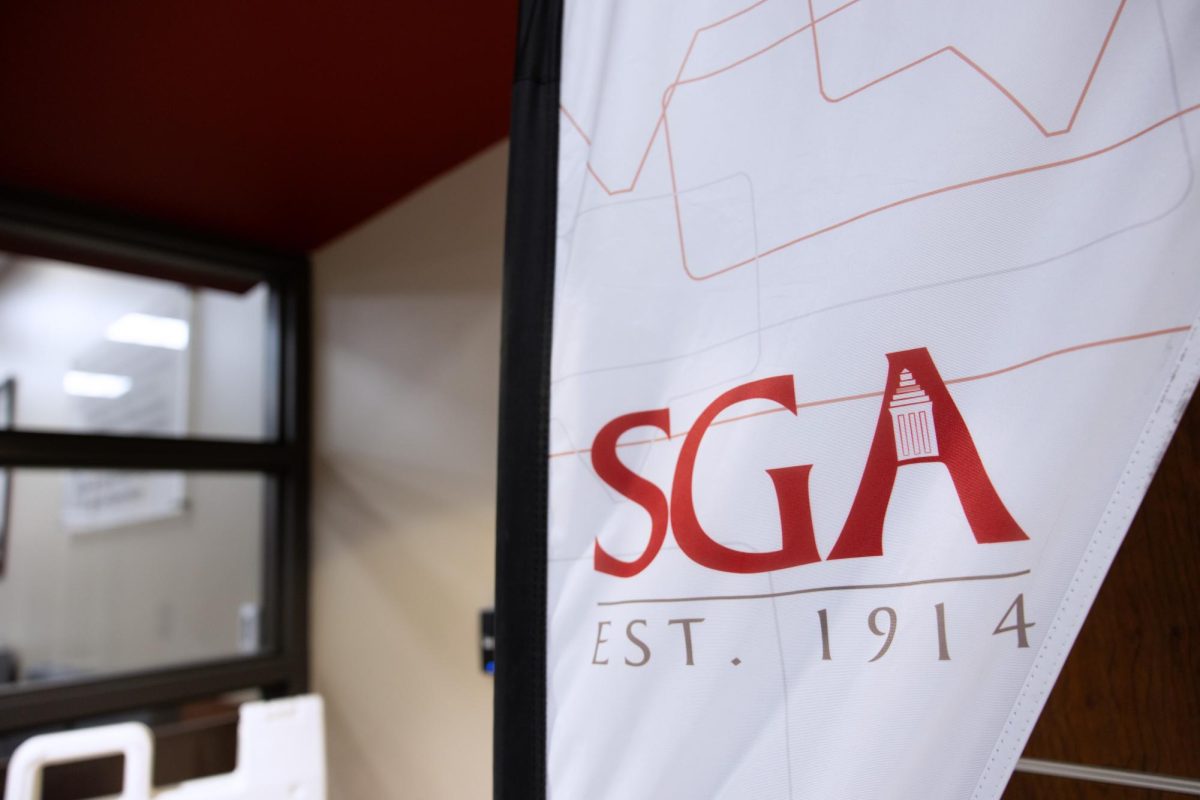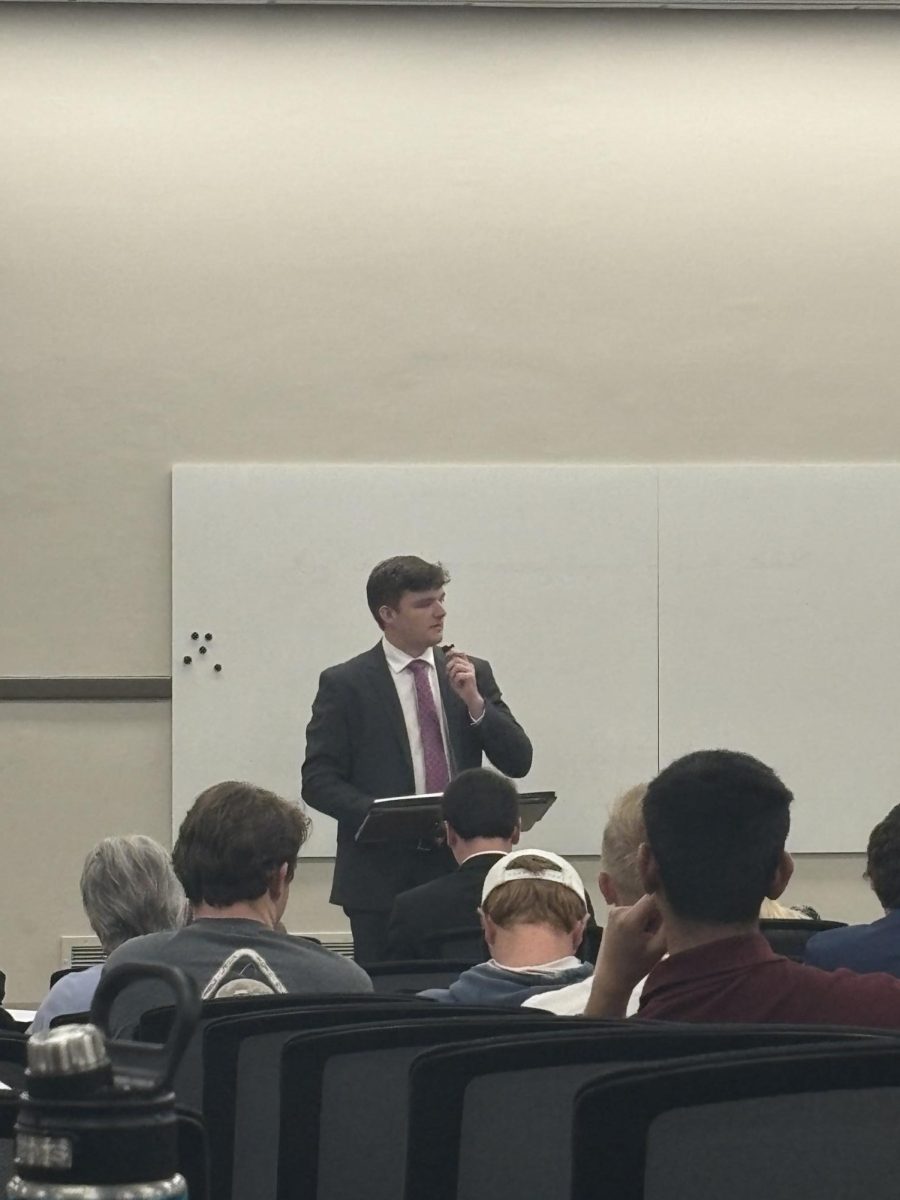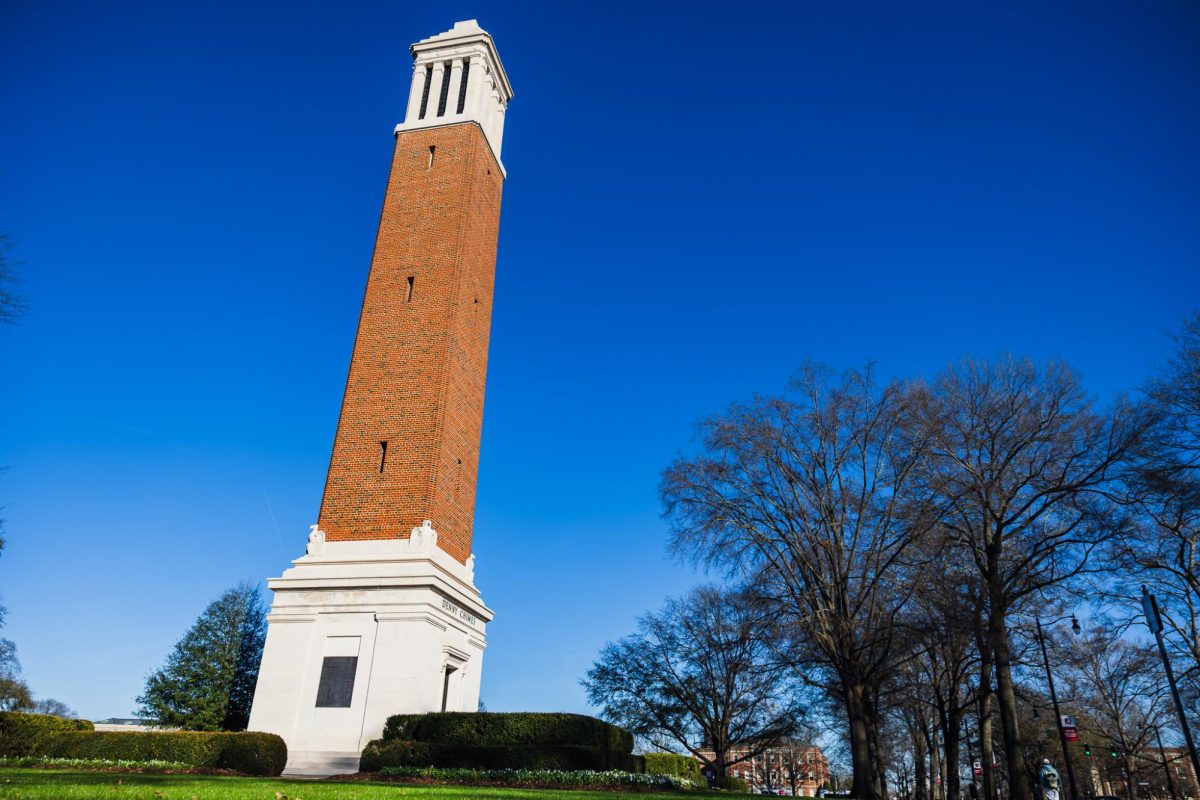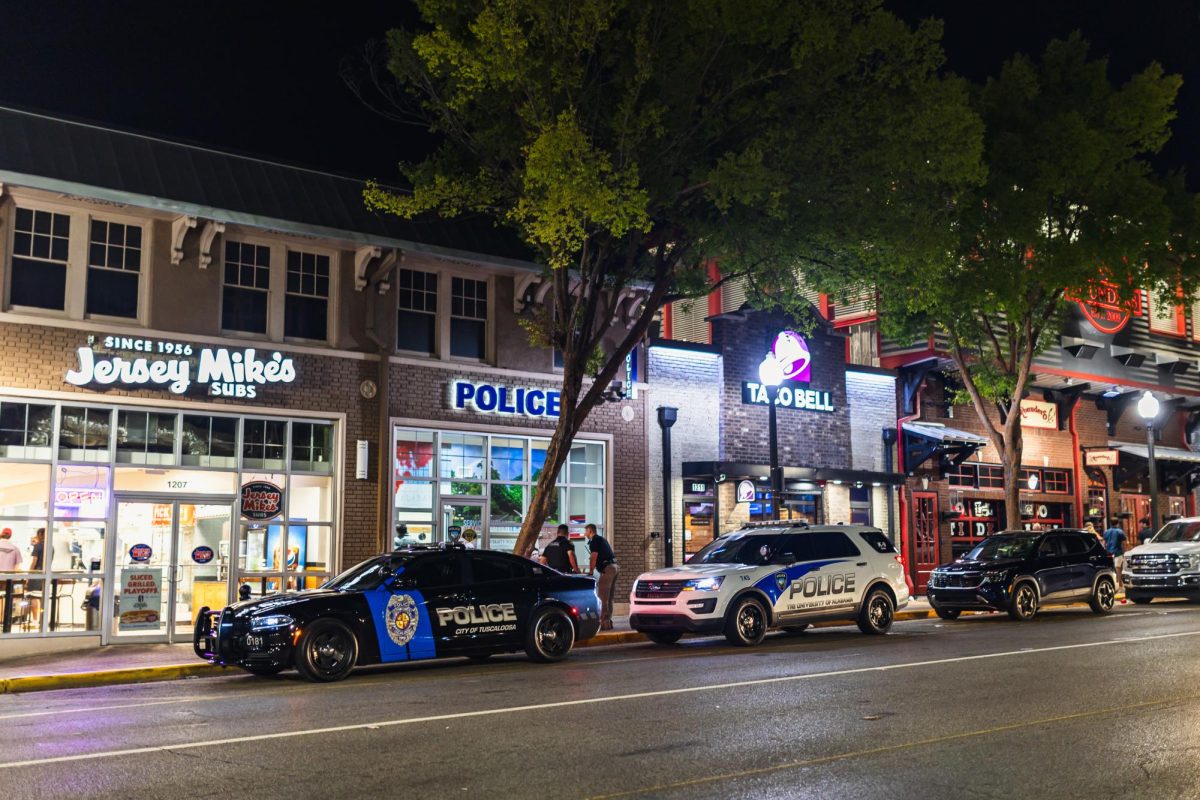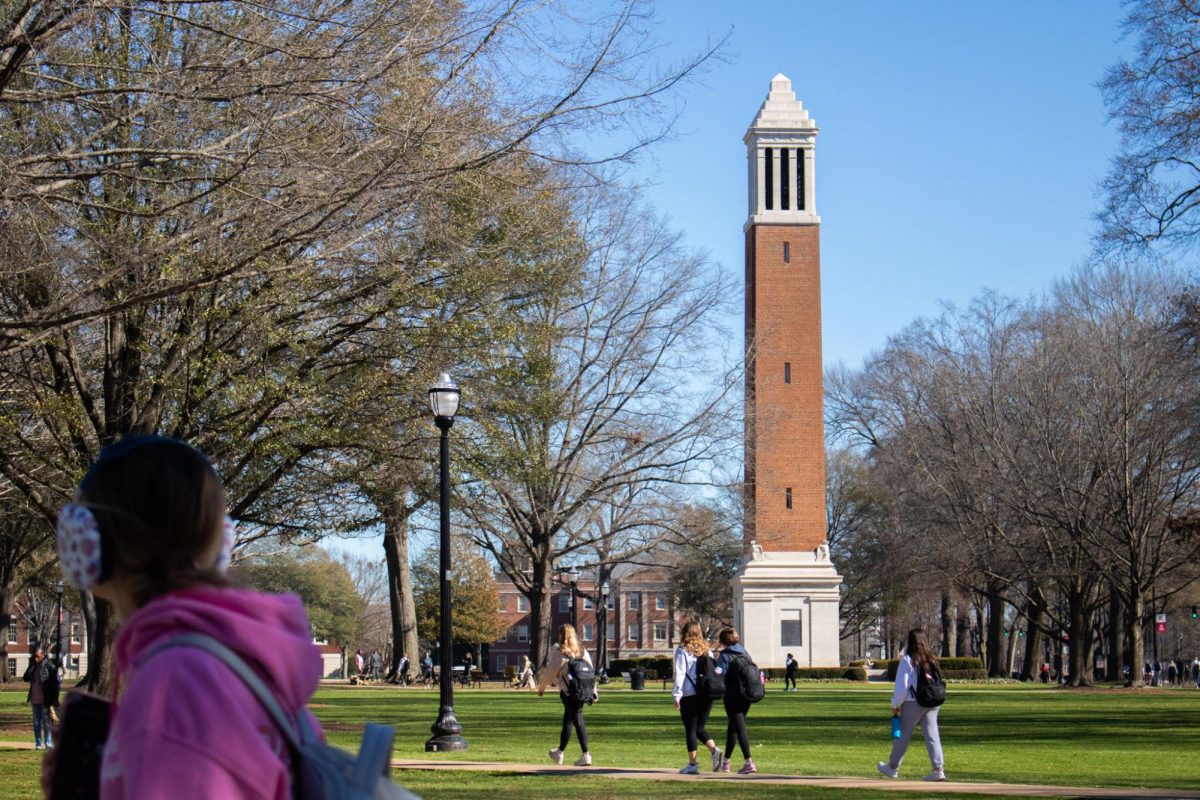Around 100 people, including both students and staff, gathered for a discussion about racism at an open weekly conversation on Wednesday in the Ferguson Center, in response to malicious videos exposed on Monday.
Lane McLelland, director of Crossroads Community Center, said this is a place for students to talk about experiences and impacts on their lives and is an inclusive, sharing space for listening to each other.
“The change that we wanna see on our campus, the change that will say that everybody who comes here, doesn’t matter about your color, your sexual orientation, your ability, where you come from, rich, poor, tall, short, it doesn’t matter,” said Christine Taylor, vice president and associate provost for diversity, equity and inclusion. “If you pay tuition, this is your school. If you pay tuition, you’ve got a seat here, you’ve got a voice here, so we’ve got to collectively find out what could we do to hold each other accountable.“
After Taylor spoke, students, staff and a moderator broke up into seven different groups, sat in a circle and began conversation about the recent racist videos posted by a now former UA student. Groups discussed reactions.
“My personal reaction to the incident was not surprised but still outraged,” said Resha Swanson, a junior majoring in social work and Spanish. “I mean, it’s disparaging comments like this and incidents like this that basically devalue my degree and make it hard for all of us to leave The University of Alabama and go to an employer and be proud of the institution which we gained our knowledge from. So, for me, I’m just definitely angered as both an African-American student who pays tuition dollars here and someone who generally has to interact with people that believe these things on campus on an everyday basis.”
There were many questions asked about how it is OK to say racial slurs of this magnitude. Students spoke out about the other girls who were included in the video, but not punished, who seemed to encourage the language used. Some said the other girls in the video need education on the word itself, its history and the immensity of it, and that they need to be held responsible for accepting the behavior of their peer.
Some students agreed that an incident of this extent is not just an isolated event but a recurring problem that needs to be solved. They said the University tried to get rid of the problem immediately by expelling the girl because it was made public, and an easy fix like that solves the problem on a national level quickly.
A common recommendation among students was that students should be required to take a diversity class to help people understand everyone’s different backgrounds and expose people to what they may not be otherwise exposed to.
“I think the conversation went generally well,” Swanson, a group moderator, said. “It was good to kind of get everyone’s opinions and views on the matter and see what everyone else’s reaction were to the incident.”
After each group had discussions about the videos and further actions that could be taken, each moderator spoke to the entire group about what their group talked about.
Common thoughts among groups were there is a need for students to communicate better to one another about what is and what is not appropriate, a need for more collaboration amongst minority communities, students should take diversity training, students need to keep pressing administration that this is not just a single issue, students need evidence from administration that change has happened, and students need to take more personal responsibility and recognize their role in the silent majority and how it can affect others.
Other frequent recommendations for the administration were that there be mandatory diversity education implemented, the administration should send out emails updating students on incidents like this and transparency from the institution as a whole is important to students.
“I think conversations like this are definitely important in terms of moving forward, helping people understand what was wrong with the situation, where we can go from here, but I would definitely love to see some action come out of it and maybe some new policies,” Swanson said. “Whether that’s dealing with the fraternities or sororities or the women involved in the video or however they want to deal with it, I would definitely love to see some action come out of the conversation as well.”
Crossroads Community Center, Ferguson Student Center, Intercultural Diversity Center, UA Housing and Student Care and Well-being were all represented at the event. These conversations are hosted by the Office of Student Involvement weekly on Wednesdays at 1 p.m. in the Ferguson Center to discuss campus issues.




